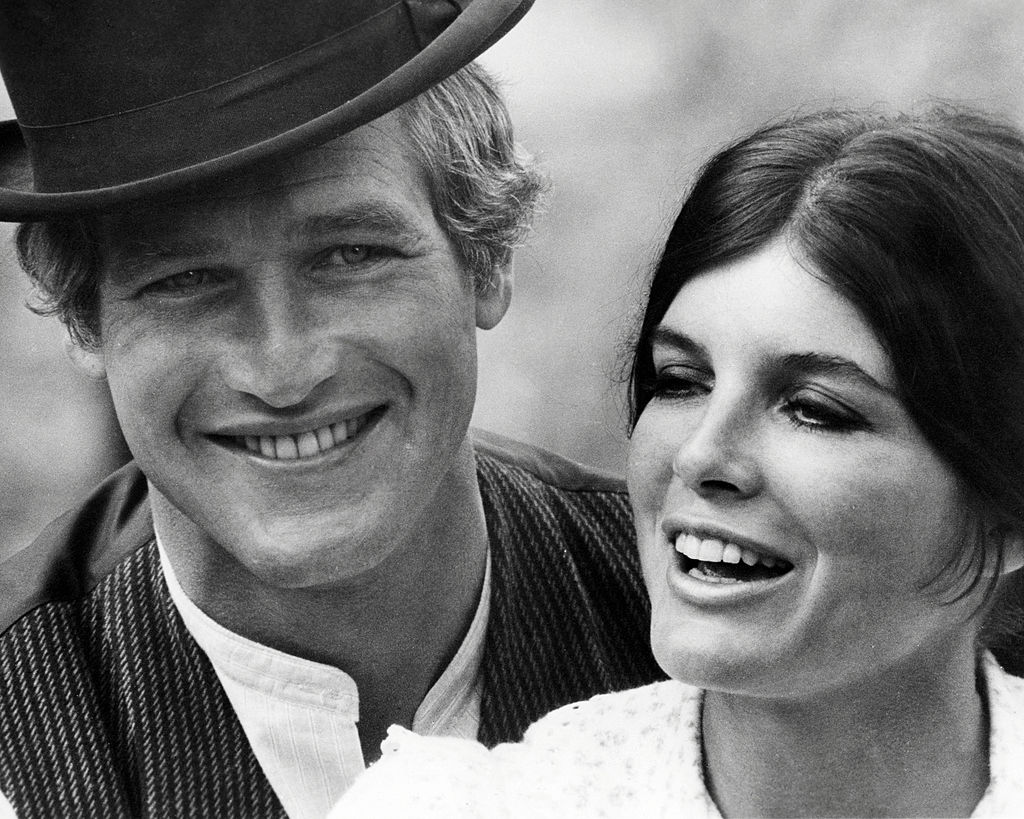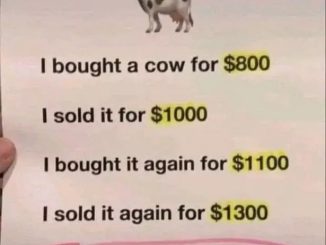
The Meaning Behind the ‘WC’ Sign: A Journey Through Bathroom Terminology
Have you ever noticed the letters WC outside a public restroom and wondered what they stand for? You’re not alone—people across the globe often puzzle over this cryptic abbreviation.
The Mystery of WC
Simply put, WC stands for water closet, a term historically used to describe a small room containing a toilet and sometimes a sink. While this might clarify the letters, it doesn’t exactly make the term feel more logical—similar to how “restroom,” “bathroom,” or “loo” can seem perplexing in their own right.
In 2020, a TikTok video featuring a couple named Shelby and Dylan hilariously highlighted the differences in bathroom terminology between Americans and Canadians. Walking past a sign reading washroom, Dylan quipped:
“What in the world is a washroom? And what are they washing in there? Oh, it’s a restroom. The only thing I wash in there is my hands.”
Shelby, off-camera, cheekily countered, “Do you rest in a restroom?”—to which Dylan admitted: “Good point. They both don’t make much sense.”
The video sparked a lively online debate about what to call the sacred space. Some commenters preferred “bathroom,” while others leaned toward “toilet,” “washroom,” or “restroom.”
One person humorously recounted a Disneyland visit where asking for the washroom led them to the laundromat. Another chimed in with, “Wait until he finds out about water closets.”
What Is a Water Closet?
According to Merriam-Webster, a water closet refers to “a compartment or room with a toilet” or “a toilet bowl and its accessories.”
Historically, the term reflects a time when specific rooms served distinct purposes. Bathrooms were for bathing, restrooms for resting or grooming, and the water closet for, well, using the toilet. As indoor plumbing became more common in the late 19th century, these spaces gradually merged into the modern bathroom we know today.
The water closet, however, often remained a separate, enclosed room in some homes and public spaces, particularly in Europe and international facilities. You’ll frequently spot the abbreviation WC in airports, hotels, or restaurants, catering to a globally diverse audience.
WC Across Cultures
Online forums like Reddit often dive into the quirks of global bathroom terminology. One post posed the question, Why is a public WC called a bathroom if there’s no bath?
A user responded:
“Americans might ask, ‘Why is it called a WC if it isn’t even a closet?’”
Others shared cultural takes:
- In Russian, it’s referred to as a room without windows, even if there’s a window.
- In Esperanto, it’s necesejo, meaning “necessary place.”
- Canadians frequently use washroom, which is also popular in parts of the U.S. Midwest.
Restroom vs. Bathroom vs. Washroom
The terminology debate continues, with many feeling washroom is the most logical since washing happens there. Meanwhile, terms like restroom or bathroom remain euphemisms.
One Redditor summed it up best:
“Best one, I think. You should be washing in there—not resting.”
What Do You Call It?
Whether you say WC, restroom, bathroom, toilet, or washroom, everyone has a favorite term. What’s yours? Share your thoughts, and don’t forget to spread this story to find out what others think!
Paul Newman’s brutally honest words – he once confessed what he really thought of Robert Redford
Although the real-life outlaws Butch Cassidy and the Sundance Kid were close, actor Paul Newman admitted that he harbored some grudges against the young Robert Redford throughout the period of filming.
A true testament to their acting prowess, Redford as Harry Longabaugh, aka “Sundance Kid,” and Newman as Robert LeRoy Parker, aka “Butch Cassidy,” were convincing in their portrayals of the Wild West friends, notorious criminals who were eluding the law after a string of bank and train robberies.
The 1969 film, which was based on the actual outlaws, won four Oscars and is still regarded as one of the best Westerns ever produced. Four years later, in The Sting (1973), another caper movie starring two similarly attractive heartthrobs, the stars reunited.

Legends in their own right, Newman and Redford worked their magic when they were together. However, have you ever wondered how Hollywood’s A-listers get along away from the camera?When he was 44 years old, Newman, who portrayed Butch, admitted that he had been interested in the 33-year-old Redford’s 33-year-old character.
In a BBC Talking Pictures interview, Newman noted, “We have a lot of fun together, and we bounce off each other really well.” I would have wanted to play Sundance, he continued. With that cooled-out quality, I feel a little more at ease. It must be the simpler part, I suppose.
Redford was a budding star who won the Golden Globe for New Star of the Year in 1965 for his work with Natalie Wood in the movie Inside Daisy Clover.

After appearing in movies like Cool Hand Luke (1967) and Cat on a Hot Tin Roof (1958) with Elizabeth Taylor, Newman had already achieved superstardom.
Redford was cast opposite Newman, who was winning acting and directing accolades, in Butch Cassidy and the Sundance Kid after Steve McQueen turned down a role in the film. McQueen also declined parts in Dirty Harry, The French Connection, and One Flew Over the Cuckoo’s Nest.
The two celebrities weren’t truly friends at the time, according to Newman’s memoir, “The Extraordinary Life of an Ordinary Man: A Memoir,” the BBC reports.
Newman said, “You can’t depend on Redford. You’re never sure he’s going to be there. That’s simply discourteous.”
Their differences in working styles, according to Newman’s youngest daughter Claire Newman Soderlund, whom he fathered with his second wife Joanne Woodward, may have contributed to their conflicts.

She said, “My father was very much a stickler for timeliness and Bob, that was never really his strength. It was hard work for dad. He worked very hard at it because he wanted to be good and he wanted to be successful and Bob was more of a free spirit.”
When Newman passed away from lung cancer in 2008, Redford, who is now 86, told ABC News that, “It was just that connection of playing those characters and the fun of it that really began the relationship,” he said, reflecting on Butch Cassidy and the Sundance Kid. “And then once the film started, once we went forward, we then discovered other similarities that just multiplied over time, a common ground that we both had between us, interests and so forth, and differences.”
Newman and Redford looked into possibilities to collaborate on a third movie after portraying renowned outlaws and later thieves in The Sting, but it never materialized.
In Bill Bryson’s 1998 book of the same name, A Walk in the Woods, which was adapted into a 2015 movie, it almost happened. The plot of this buddy movie centers on two elderly guys who are out of shape and want to hike the challenging Appalachian Trail.
In 2005, Redford, who both appeared in and produced the movie, chose this script with his close friend Newman in mind.
In 2015, Redford said, “It started with Paul, because Paul and I had been looking for a third film to do together. A lot of time had gone by, and I just couldn’t find it. When I read this book… I thought of Paul right away.”
Redford, who was 79 at the time of the interview, claimed that he sent the book to Newman, who later cast Nick Nolte in the part because he wasn’t sure he could do it physically.

Since they initially worked together on Butch Cassidy and the Sundance Kid, the relationship between Newman and Redford, two highly regarded performers, has significantly deepened. The performers, who lived in Connecticut just a mile apart and started to act like brothers, are also close with their families.
Speaking after his buddy died, Redford said, “We both got to know each other’s flaws pretty well. Of course, I outweighed him on that front. But knowing each other’s flaws, we just played them to the hilt and we’d try to trick each other. We’d try to surprise each other, and it was so damn much fun that it became like–it became like a scenario unto itself.”
He added, “Paul really likes to have fun and he loves to laugh and he really especially loves to laugh at his own jokes, and some of them are just really awful. So the fact that he enjoyed them so much, you forget about the joke and you’d start to laugh with him because you’re so caught up in his enjoyment of them.”

Paul Newman and Robert Redford had such a great chemistry! Let us know what you think of their on-screen friendship and real-life romance!



Leave a Reply